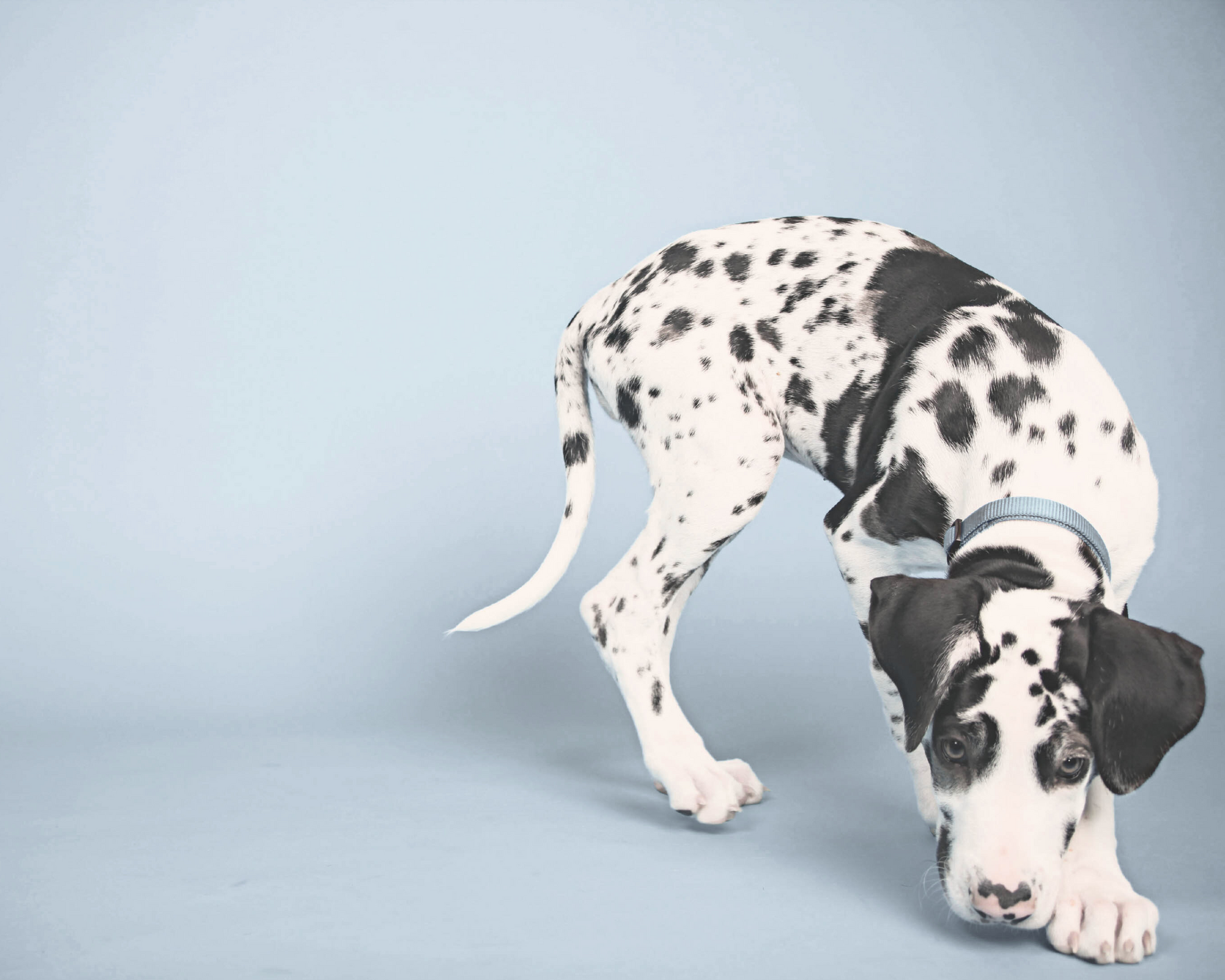

Raising a Giant: How to Support Your Big Puppy’s Fast Growth
If you’re raising a giant breed puppy, you already know: they don’t stay small for long. One week they’re tripping over their own paws, and the next they’re towering over the couch.
That kind of growth isn’t just adorable—it’s intense on their joints, bones, and developing systems. The way you support them in their first 18–24 months can have a massive impact on their lifelong health and comfort.
Here are the most important do’s and don’ts for raising a thriving giant breed puppy.
Nutrition: Fuel Growth Without Overdoing It
Giant puppies need high-quality nutrition, but more isn’t always better.
Do:
- Choose a large or giant breed puppy formula to support steady growth.
- Feed portioned meals based on your vet’s guidance and how your dog responds—not just what the bag says.
- Use slow-feeder bowls if they tend to scarf down their food. This can help to reduce bloat risk and support healthy digestion.
Don’t:
- Free-feed or overfeed "just in case they’re hungry."
- Add calcium supplements unless your vet specifically recommends it.
- Switch to adult food too early—most giant breeds need puppy food until 18–24 months. Remember to always transition food slowly when the time comes.
Exercise: Let Them Move Without Straining
Puppies need movement, but for big breeds, too much impact too early can be risky. Most puppies will naturally regulate themselves and take breaks or naps when they’ve had enough play. The exception? When they’re around other dogs who want to keep going. That’s when you may need to step in and end playtime before they overdo it.
Do:
- Take short, age-appropriate walks on soft surfaces.
- Encourage gentle play that builds balance and coordination.
- Let them rest when they’re tired—sleep is part of healthy development.
Don’t:
- Let them jump on/off furniture or into/out of cars.
- Take them on runs, hikes, or stairs before they’re physically ready.
- Push past signs of fatigue or discomfort.
Joint Care: Start Thinking About It Early
Even if your puppy shows no signs of pain, their joints are under constant pressure as they grow.
Veterinarians recommend starting joint support before symptoms begin, especially for large and giant breeds. Some suggest as early as 12 months, while others recommend waiting until 18–24 months, once growth plates have fully closed.
Early support can help:
- Reduce inflammation for better overall health
- Maintain strong cartilage
- Set the stage for long-term mobility and comfort
A well-formulated supplement is a powerful tool—talk with your vet to decide the best timing for your growing pup.
Socialization & Structure: Build a Confident Giant
The way your puppy sees the world now shapes how they behave as a 150-lb adult.
Do:
- Introduce new people, sounds, and safe environments gradually.
- Encourage calm behavior with positive reinforcement.
- Set consistent boundaries and routines from the start.
Don’t:
- Avoid socialization due to fear or uncertainty—controlled exposure is key.
- Allow jumping, rough play, or mouthing just because they’re small now.
- Skip training classes—early obedience builds lifelong habits.
Raising a Big Dog Takes Big Intention
Giant breed puppies aren’t just bigger versions of regular dogs. They require more planning, more patience, and more proactive care.
But the reward? A gentle, goofy, well-balanced companion who lives longer, moves better, and thrives thanks to the solid foundation you gave them.
Start strong. Grow smart. Give them the best shot at a long, healthy life—right from day one.
